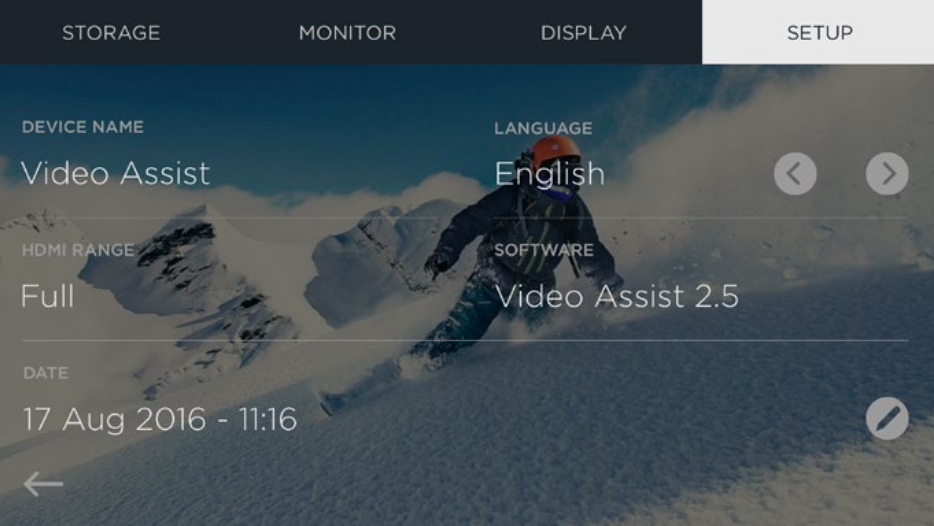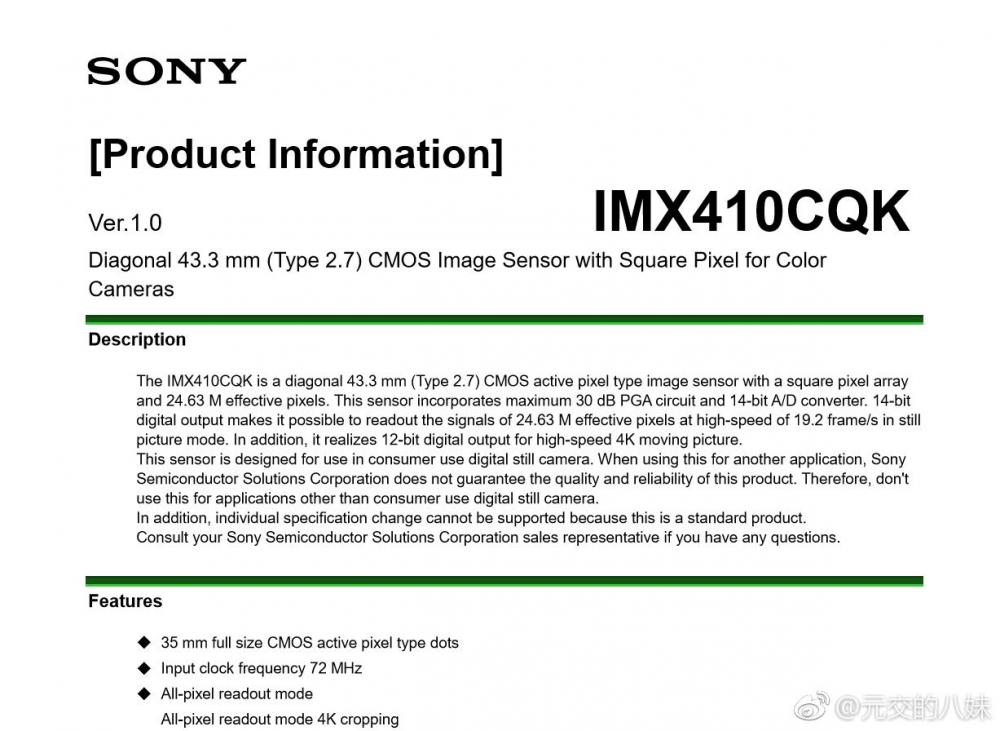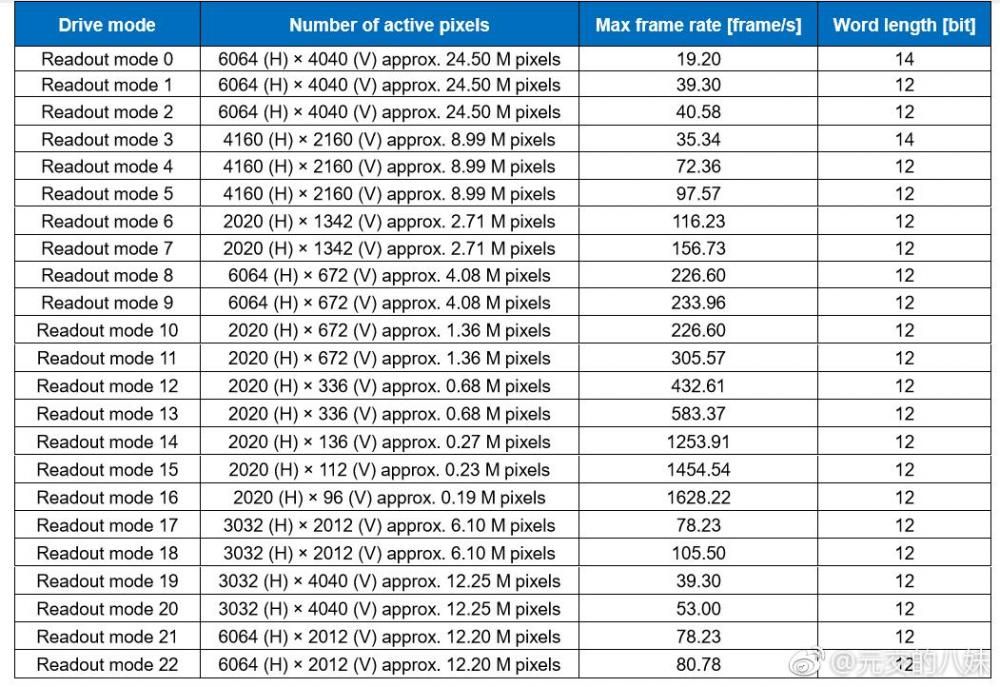
androidlad
-
Posts
1,213 -
Joined
-
Last visited
Content Type
Profiles
Forums
Articles
Posts posted by androidlad
-
-
-
3 hours ago, Attila Bakos said:
Are you really sure that it's an issue with Atomos? My X-T2 recorded in-camera F-Log as data range, but when I used it with the Blackmagic Video Assist 4K, it recorded in video range, levels went up to 109% IRE. It's also worth noting that Prores is assumed to be video levels, except for Prores4444 RGB. As long as the data is there just mapped differently, I wouldn't worry. In Resolve it's just a few clicks to map it back to data levels, in other NLE's or on the recorder itself you can use a LUT for that. I can create such a LUT if anyone's interested.
On the regular 5in Video Assist, there's a "HDMI Range" setting that allows you to specify the range of input signal. It's very simple for Atomos to implement this, instead of treating all input signal as video range.
ProRes can contain either full or video range data, it just need to be specified in the metadata header.

-
Totally expected this underwhelming result.
-
45 minutes ago, andrewgray said:
I'm seeing something similar on the Canon Eos R. Shooting Canon log, it seems like canon log looks closer to neutral profile on the recorder.
It's a known unresolved issue for many years, Atomos applies a forced data range to video range scale regardless of the actual range of the source, clipping highlights and crushing blacks, making the images look more contrasty. Fortunately the range can be mapped back in post, as demonstrated in previous posts.
-
45 minutes ago, Trek of Joy said:
For regions with 50hz lights 25p and 1/50 (or multiples of 50) will eliminate banding in video or when shooting stills with the electronic shutter. In the US with 60hz lights, 30p and 1/60 (or multiples of 60) is the cure.
Chris
True but it's not the one cure for all. Sensor readout speed has to be taken into account. Do you know the transit time of A7III's electronic shutter? Only 1/30s, note that this is independent from shutter speed, you can set shutter speed to 1/1000 and the sensor readout is still fixed at 1/30, resulting in rolling shutter when motion is present, or banding with artificial light.
A9 on the other hand, has a lightning fast readout speed of 1/160s
-
39 minutes ago, sanveer said:
Oh ok, thabks foe the answer.
I am looking forward to improvements in the video quality with HLG.
If you watch the preview video from Newshooter, HLG has a minimum ISO of 1000.
This is interesting because it seems like a "DR800" mode, exposing using ISO160 then a 3 stop push to ISO1280, then a digital pull to ISO1000. My hypothesis is that it may have slightly more highlight latitude at the expense of a bit more shadow noise.
-
Mavo LF shares the same sensor IMX410 as A7III, operating in 12bit ADC.
-
29 minutes ago, Andrew Reid said:
It's not so much whether it makes sense for pro stills photographers or not. It's a pro camera. Whatever you do with the pro camera, you will mix at some point with other pro cameras. The other cameras will be delivering LOG and this won't. Therefore to match them is going to be tricky. Say for instance your job is 99% photography for a news channel - but you've shot the odd video and it ends up that the editor wants to use that video, in the midst of a section shot on proper cameras like an FS7. All that FS7 stuff is going to be LOG. The A9 should be as well. No excuses. Sony has ballsed this up. So has Canon leaving Canon LOG out of the 1D X Mark II, because it's "a stills camera". I'd love to be an editor working 99% with LOG footage and then the photographer gives you a 1D X II video clip shot in Vivid! Good luck putting a LUT on that or matching DR.
On the R&D side, for some reason you're speculating as if Sony need to start again from a blank sheet of paper. It's actually the same sensor as the A7 III but with a DRAM chip solder bumped to the back instead of the traditional RAM buffer sat on the mainboard far away with a bus in-between. Integrating the buffer with the sensor allows it to exploit the full speed of the sensor. Which is why the image is identical between the A9 and A7 III aside from the shooting rates and rolling shutter speed. You can read out the same sensor much faster into a stacked DRAM chip, than you can going through a bus to the mainboard and image processor. Sony have already done the ADC, gain settings and colour science for that sensor. To think they need to start again on all that separate R&D just to change the gamma curve? Think about it dude. Hybrid LOG Gamma is just a gamma curve and colour gamut on the image processor, that can be applied to the raw sensor data. So if the sensor is the same, they don't even need to tweak anything. The buffer is different. The sensor is the same.
Anyway it's probably an existing function of the image processor already, just turned off in the firmware... The code might even already exists in the camera, just commented out. It's easier to comment out or disable something with a variable, than to rewrite the firmware without it in or rip pieces out of the codebase.
Nah, I have the datasheets, A9 sensor is fundamentally different from A7III.
My point is, if Sony want to do it, it'll be a piece of cake for them. Do you know A7III sensor is actually capable of FF 4K 60P? And yet even the 4K 30P is cropped.
-
19 minutes ago, Andrew Reid said:
What R&D costs? It already exists. A simple firmware patch to copy the existing code to the A9 firmware, as easy as slotting in an existing procedure to existing codebase.
Plus a bit of internal testing / QA.
It might even already exist in the firmware, but is hidden in the menus.
A9 has a completely different sensor with BSI and stacked DRAM. Readout modes, ADC, gain setting and colorimetry all require R&D work.
-
2 hours ago, Andrew Reid said:
I wonder why Sony don't give the A9 picture profiles. They are not losing money on it if somebody picks up an A9 instead of an A7 III for video. It has a higher margin than that model, surely.
I am going to see how close to Pro Color I can get one of the Creative Styles with a LUT, but the dynamic range will never be as good, unless we get LOG gamma curves in there.
It's extremely unlikely there will be picture profile firmware update for A9, they can't justify the R&D cost for a video-centric feature. Most A9 users - sports photographers won't pay more for features they rarely use.
-
Yes A7III/A7R III have quite severe banding issue, simply because the sensor readout speed is too slow (rolling shutter). You'll notice banding on stills using E-shutter too.
A9 has very minimal banding due to lightning fast sensor readout speed. GH5/5s are quite immune as well for the same reason.
-
The screen comes pre-calibrated with near perfect accuracy, recalibration is only needed after prolonged use and you notice a drift.
-
1 hour ago, thebrothersthre3 said:
Has anyone tried adapting lenses to the Fuji xt3 with a Fringer adapter? I am interested in the auto focus reliability in video and how it compares to native lenses.
AF-S in reasonable light level yes, AF-C meh not really usable.
-
This one works with 4K 60P as well:
It's the only one with full metal connector casing.
-
HGST drives have the best reliability, especially the helium ones. I know HGST is now part of WD but it's quite different from WD.
-
This preview revealed some interesting details not announced by Fujifilm:
HLG mode seems to have a minimum ISO of 1000, as indicated by the yellow text on screen.
4K 50/60P can now be recorded as in-camera conformed 25/30P, and it works with ALL-I compression. Crop factor 1.18x is now part of on-screen info display.
-
X-T3 V2.00 firmware preview:
-
4 minutes ago, andrew_dotdot said:
Ahh, thanks for that. I suspected it was something along those lines!
The AF-S bug in video mode is there, someone did a video about it, start at 5:30
-
2 minutes ago, Attila Bakos said:
Someone who goes by the name Lucas Mason on LiftGammaGain forums and is using the exact same profile picture
 He used the name Luke Mason here and has the same style as yours
He used the name Luke Mason here and has the same style as yours  Busted?
Busted?
Oh that's peculiar, let's not spam this thread.
Fuji's updated set of LUTs for XT2, XH1 and XT3:
http://www.fujifilm.com/support/digital_cameras/software/lut/zip/F-Log_LUT_E_Ver.1.11.zip
-
1 minute ago, Attila Bakos said:
I know, that's why I'm creating new ones. BTW you're Luke Mason right? Why did you create a new account?
Cool. Nope who's that
-
4 hours ago, Attila Bakos said:
I will have
 Check the ones available for the X-T2 at http://colorizer.net. You can also try them for the X-T3's F-Log. Just make sure to switch footage to use video levels.
Check the ones available for the X-T2 at http://colorizer.net. You can also try them for the X-T3's F-Log. Just make sure to switch footage to use video levels.
X-T3's F-log introduced some small but obvious changes in its colorimetry. X-T2's LUTs aren't fully compatible.
-
13 hours ago, andrew_dotdot said:
I'm trying to fully understand X-T3 video autofocus, and I'm curious about the above. When I look at the display as I record video, I see "AF-C" in the lower left whether the front dial is set to AF-S or AF-C. (MF comes up too, of course, but let's stay with AF.) My experience, and my interpretation of the manual is that there's basically MF or AF-C as the top-level focus modes for video; and under AF-C there's either "Multi" (full automatic) or "Area" which focuses on what's inside the focus box.
To autofocus on something and hold that focus, I've set the AF-L button to "Switch" rather than "Pressed", so I can lock the focus that's currently acquired until the next press of the AF-L releases it. This is akin to the "Shot" focus functionality, stopping it from refocusing.
The below table doesn't seem to apply to Movie mode. In my testing, AF and Area do the same thing (Area), and they do this regardless of whether the physical dial is set to AF-C or AF-S.
@Cameramoto, @Attila Bakos - Do you also get this, or does your experience contradict this? I would be interested to get the AF-S functionality in video without the AF-L workaround. Maybe I've got something in my settings that's blocking this for me?
//Andrew
If you have face detection on, AF mode will stay as AF-C even your dial is in AF-S position.
-
31 minutes ago, zerocool22 said:
Thanks, do you happen to know if I could use offical footage that is broadcasted in a docu?
You need to obtain a license to use any of the Olympic footage.
-
You need to be with an agency to get the press accreditation, the quota for Tokyo 2020 is "only" 6000:



There will be a Sony A7S II successor. The bad news is - "it will take time"
In: Cameras
Posted
New info from trusted source, good credibility but may be subject to change:
The overheating is due to LSI and ISP being barely able to cope with over 1.5Gpps data from the sensor, which is likely the 60MP IMX551, same 3.76um pixel architecture as X-T3 IMX571 but equipped with 12-parallel ADC (higher number than A9).
If that's the case, then the "S" in A7SIII is a drastic departure from the traditional concept that sensitivity requires low pixel count. Well, as A7III has demonstrated, it performs better in low light than A7SII, despite having twice the pixel count.